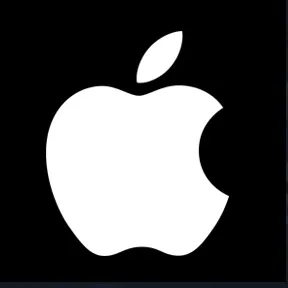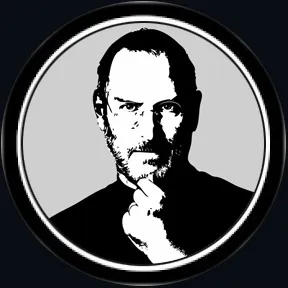The Real Reason Why Apple Fired Steve Jobs (1985)
Steve Jobs, co-founder and eventual CEO of Apple, is something of an entrepreneurial legend. Known for taking the tech giant from basement start-up to one of the most important, influential, and profitable companies in the world – his career and life journey, however, were anything but plain sailing.
A successful millionaire by age 22, Jobs was famous for sweating the small stuff and built quite the reputation for being difficult to work with, which is so often the case with visionaries who are way ahead of their time.
His uncompromising work ethic, millenarian management approach, and 'pirate' side-projects eventually led to him being fired from his very own company – a turn of events that shaped him as a creator and led to him returning to Apple to make it the company that it is today.
The story went something like this.
Apple was growing rapidly and it needed an experienced guy at the top to move the company forward. Steve, at that time was regarded by the Board, as inexperienced and immature to run the company. So they hired the then CEO of Pepsi-Cola, John Scully.
Initially Steve and John got along well. John supported Steve to make his dream project ‘Macintosh’ a reality. It was the first ever personal computer of the world. All the computers that we use today are just modified pieces of Macintosh. It was truly well ahead of its time.
But even with its user-friendliness and artistic appeal at the time, it didn’t sell well. The product was just too expensive. Shortly after its release, Microsoft threatened to stop developing Mac applications unless it was granted a license for the Mac operating system software.
Microsoft was also developing its own user interface which was identical to the Mac user interface. In addition, IBM launched its own personal computer, the IBM PC which was IBM’s answer to Apple. IBM PC ran the Microsoft user interface ‘Windows’- the identical one. The development race started then and Windows just got better and better. And gradually, it started outselling the Mac.
At this point Steve and John’s vision for the company began to diverge. Steve wanted Apple to remain a ‘closed architecture’, as a competitor to IBM, whereas John wanted to adopt an ‘open architecture’, selling it to education, home markets and small businesses. John had little control over Steve.
So he proposed to reorganize the Board, and remove Steve from the Macintosh group and make him the head of “New Product Development”. It was a hollow post and Steve became powerless within the company. Steve threatened John, but John as an experienced business executive and good at playing political tactics within the company, proved that he had all of the votes needed to go ahead with the reorganization.
A few months later, Steve Jobs submitted a letter of resignation to the Board of Apple.

















































